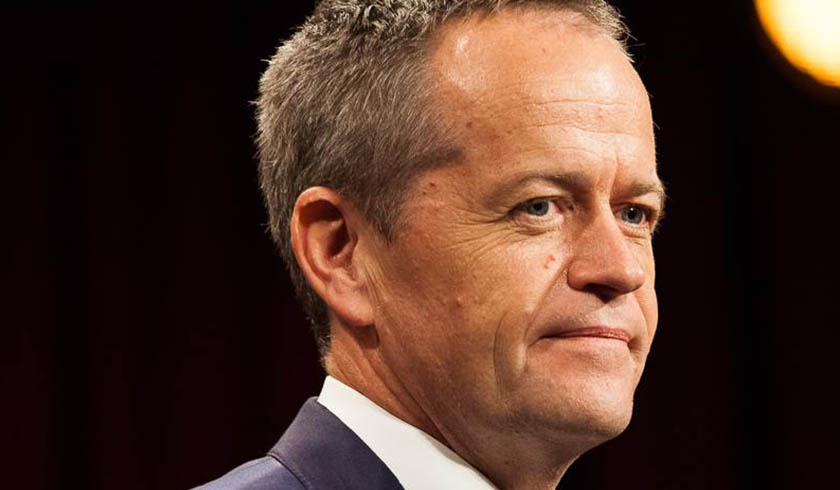New modelling reveals cost of proposed property tax changes
Modelling by an investor lobby group has found Labor’s proposed policies to change negative gearing and capital gains tax will cost the country $32 billion.

The modelling, which comes from the Property Investment Professionals of Australia, found limiting negative gearing to new properties and cutting down the capital gains tax discount will see many property investors leave the market and cost the country billions of dollars.
To continue reading the rest of this article, please log in.
Create free account to get unlimited news articles and more!
PIPA chairman Peter Koulizos said that the modelling disproved the Labor party’s assertion that it would generate $32 billion in savings, and in fact would cost the country that same amount.
“Not only that, investors already pay almost four times in capital gains tax what they receive in negative gearing benefits over a 10-year period, so the government is already ahead financially,” he said.
According to PIPA’s modelling, an investor purchasing a property at $675,000, the national median price for property according to the ABS, creates $23,583 in benefits through negative gearing over a decade, but would cost $104,703 in CGT to sell, which translates to an additional $81,118 in the government’s pocket.
However, the Labor’s party policies meant there could be a loss of five to 15 per cent of investors, which would mean a corresponding reduction of rentable properties by 130,000 to 390,000. This means that the government could lose out on anywhere between $10.5 billion to $31.6 billion.
There is also the additional side effect of taking properties out of the market, which would both make rents rise higher and make it more difficult for first-home buyers to enter the market.
“I have no doubt that limiting negative gearing and reducing capital gains tax concessions by the Federal Labor Party will discourage property investors from buying property,” Mr Koulizos said.
“Labor says they want to incentivise investors to buy new property, but our research shows that 93 per cent of investors buy established property as this has greater capital growth potential than new property.
“Under the proposed changes, investors will pay more capital gains tax, but since they have probably bought a new property that will mean lower capital growth and therefore reduced tax payable to the government.”
Mr Koulizos also said Labor’s expectation of fewer investors would make way for more first-home buyers is wrong, as it does not tackle the issue of not being able to save for a deposit.
“Saving a deposit for your first property has always been difficult and has been made even more so over recent years with the First-Home Owners Grant restricted to new dwellings when more than 80 per cent first-timers buy an existing property,” he said.
Looking past the 10 year period in PIPA’s modelling, Mr Koulizos said the reduction of revenue could increase further, as the simulated environment would mean less investors paying tax and the CGT of the strong equity growth period that typically happens for holding onto a property for 10 to 20 years.
The policies in detail
If elected, the Labor party will limit negative gearing to new housing from a date that is yet to be determined. It will be after the next federal election, which will fall in the first half of 2019.
Labor’s proposed changes to negative gearing will apply to all investments, not just property.
Further, the Labor party plans to halve the capital gains discount for all assets purchased after a yet-to-be-determined date after the next election. In effect, this will reduce the capital gains tax discount for assets that are held longer than 12 months from 50 per cent to 25 per cent.
On both measures, all changes will be grandfathered, which means they won’t apply retrospectively.
You can read more about the policies here.


